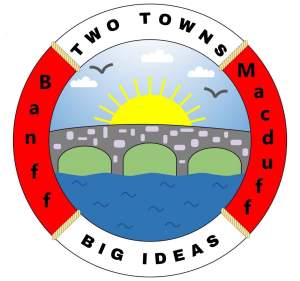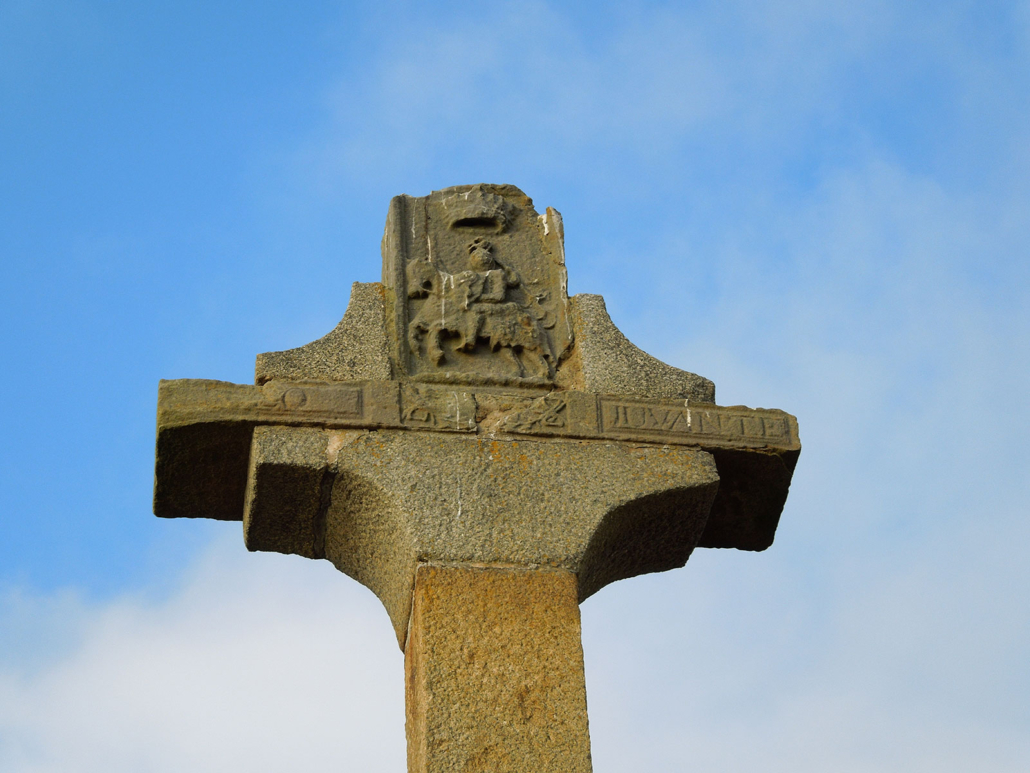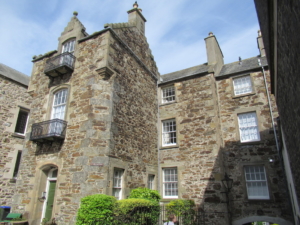Town life
Banff became a royal burgh in the 12th century, giving merchants international trading rights. It has many historic buildings, including the highest number of Georgian listed buildings in Scotland outside Edinburgh. Banff prospered on coastal and overseas trade, and was also well known for high quality silversmithing.
The Old Smiddy in Bridge Street was originally built as a mealhouse for the collection and distribution of grain. It has recently been restored as part of the Conservation Area Regeneration Scheme to become a centre for silversmithing, building on the town’s heritage.
Macduff was previously the tiny village of Doune. The fortunes of the village were transformed when the wealthy Duff family decided to build a harbour here. James Duff 2nd Earl Fife obtained a charter in 1783 declaring the new town a Burgh of Barony, and renamed it Macduff in honour of his family. The harbour and shipyards remain a busy centre of activity today.
The two towns were linked by the bridge over the River Deveron which was designed by renowned engineer John Smeaton and completed in 1780.
For centuries the easiest way to reach this coastline was by sea, but for a period of around 100 years until the 1960s two separate railway lines brought goods and passengers into Banff and Macduff.


